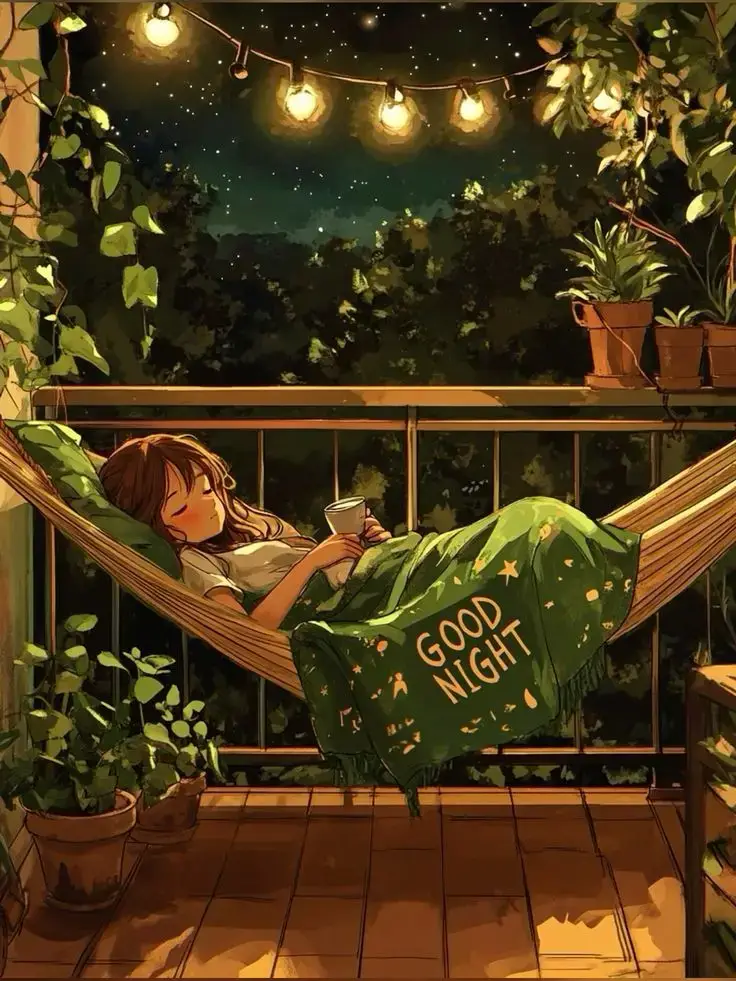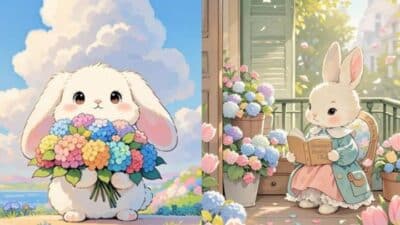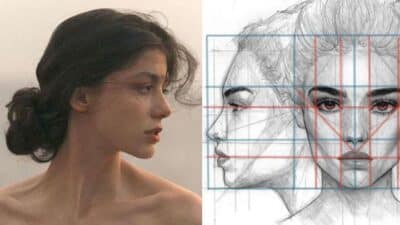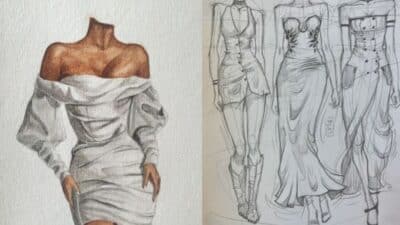Art serves as a powerful medium for self-expression, allowing individuals to convey their emotions visually. Artists often seek to capture feelings like joy, sadness, or anger through various techniques and styles. Understanding how to draw different emotions can enhance an artist’s ability to connect with their audience on a deeper level.
By exploring ways to depict emotions through art, creators can enrich their artwork and create more relatable narratives. Each emotion has unique qualities that can be expressed through color, line, and form, inviting viewers to experience the artist’s mood. This journey of emotion through art not only benefits the artist but also resonates with those who observe their work.
1) Use of vibrant colors to convey joy



Vibrant colors play a significant role in expressing joy in art. They grab attention and can instantly uplift the viewer’s mood. Bright yellows, lively oranges, and vivid pinks often evoke feelings of happiness and enthusiasm.
Artists often use these colors in their work to create a sense of brightness and positivity. This approach can transform a simple scene into something exhilarating. For example, a sunny landscape painted in bold colors can radiate warmth and cheer.
Furthermore, combining vibrant colors with dynamic compositions enhances the feeling of joy. Swirls and splashes of color can create energy, inviting viewers to connect with the artwork emotionally.
In addition, using contrasting colors can amplify the effect of joy. The interplay between complementary hues can evoke a sense of harmony and excitement. When balanced well, it creates a visual experience that resonates deeply with the audience.
2) Soft pastels for conveying tranquility



Soft pastels are an excellent medium for expressing tranquility in art. Their light, muted tones create a serene atmosphere, which encourages a calming visual experience. These colors often evoke feelings of peace and relaxation.
When used effectively, pastels can blend gently on the paper, enhancing their soft appearance. Artists can layer these colors to develop subtle gradients, contributing to a soothing effect. Light blues, soft greens, and pale pinks are particularly effective in this context.
Incorporating smooth, flowing lines in conjunction with soft pastels can further enhance the sense of calm. Artists might choose subjects such as tranquil landscapes or gentle seascapes to amplify this mood.
Pastel techniques, like blending and feathering, help create a dreamlike quality. This allows viewers to engage emotionally, promoting a sense of well-being and tranquility. Art created with soft pastels can provide a safe space for reflection and peace.
3) Reds and oranges for passion and energy



Reds and oranges are powerful colors that evoke strong emotions. Red often symbolizes passion, love, and intensity. It can attract attention and ignite excitement in a piece of art.
Artists frequently use red to create dynamic compositions. This color can enhance the feeling of urgency or action in a painting. It draws the viewer in, creating an energetic atmosphere.
Orange, on the other hand, blends the warmth of red with the vibrancy of yellow. It conveys enthusiasm and creativity. This color can evoke feelings of comfort and warmth, making a viewer feel welcomed and energized.
When combined, reds and oranges can create a lively and stimulating visual experience. These colors work well together to express vibrant emotions. They attract attention and infuse energy into any artwork.
4) Blues and greens for calmness



Blues and greens are often associated with tranquility and peace. Artists can use these colors to evoke a sense of calmness in their work.
Lighter shades of blue, like pastels, can create a serene atmosphere. They remind viewers of clear skies and gentle waters, fostering feelings of relaxation.
Greens, particularly soft hues, often symbolize nature and renewal. They can bring an earthy quality to artwork, enhancing the soothing effect.
When combining these colors, the contrast of blue and green can enrich the emotional impact. A well-balanced palette of these hues can lead to a visually calming experience.
Using blues and greens in art is an effective way to communicate calmness and peace. This approach invites the viewer to explore their own feelings of serenity.
5) Expressive brushstrokes for excitement



Expressive brushstrokes can convey a sense of excitement in a painting. Quick, dynamic strokes create a feeling of energy and movement. Artists often use vibrant colors to enhance this emotional effect.
When capturing excitement, varying the pressure on the brush can add intensity. Thicker strokes might suggest a burst of energy, while lighter strokes can portray a sense of fleeting joy.
Rapid application can also evoke spontaneity. Artists may embrace a loose style, allowing the paint to flow freely. This approach invites viewers to feel the thrill depicted on the canvas.
Incorporating contrasts in color and texture can elevate the sense of excitement. The interplay of bright and dark shades can suggest tension and release. This duality amplifies the overall emotional impact of the artwork.
Ultimately, the goal is to connect with the viewer through vibrant and bold brushwork. Such techniques transform a simple image into an exhilarating expression of emotion.
6) Smooth brushstrokes for serenity



Smooth brushstrokes play a vital role in conveying tranquility in artwork. They create a sense of calm that invites viewers to pause and reflect.
Artists often use soft, blended strokes to illustrate peaceful scenes. These techniques can evoke feelings of stillness and serenity, making the artwork more approachable.
The application of smooth brushstrokes can capture the essence of calm days. By working with gentle transitions in color, they can depict serene landscapes or tranquil moments in life.
Incorporating smooth brushstrokes helps to establish a soothing mood. This technique encourages viewers to connect emotionally, enhancing the overall impact of the piece.
When aiming for serenity, the choice of color is equally important. Pastel shades, combined with smooth applications, can further amplify the calming effect of the artwork.
7) Abstract forms for conveying complexity



Abstract forms are an effective way to express complex emotions in art. By using shapes, colors, and lines, artists can create visual representations that resonate on multiple levels.
These forms do not rely on realistic depictions, allowing viewers to interpret them in their own way. This ambiguity invites deeper emotional engagement and personal reflection.
For instance, a swirling mass of colors might convey chaos or turmoil, while sharp angles could suggest tension. Each viewer brings their own experiences, enriching their understanding of the artwork.
Artists often experiment with tools like palette knives to create unique textures. These textures can enhance the emotional depth, making the work feel more dynamic and alive.
In abstract art, complexity becomes a language of its own, enabling artists to communicate profound feelings and ideas. The interplay of various elements encourages viewers to pause and reflect, deepening their connection to the piece.
8) Realistic depictions for clarity



Realistic depictions in art can provide clarity in conveying emotions. Artists often focus on details like facial expressions and body language. These elements serve as visual cues that enhance emotional understanding.
The eyes play a crucial role in expressing feelings. They can convey happiness, sadness, or anger with subtle shifts. Shedding light on these features can significantly impact how viewers interpret the artwork.
Lighting also contributes to emotional clarity. The way light falls on a subject can highlight specific emotions. For instance, soft lighting might evoke calmness, while harsh light can create tension.
Incorporating realistic details allows the audience to connect more deeply with the artwork. Effective realism combines techniques of shading, proportions, and perspective. This approach engages viewers and enhances their emotional experience.
9) Warm tones for warmth and comfort



Warm tones, such as reds, oranges, and yellows, can evoke feelings of warmth and comfort in art. Artists often choose these colors to create inviting and cozy atmospheres.
Using warm hues can inspire emotions like joy and happiness. They tend to be vibrant and stimulating, making viewers feel more engaged with the artwork.
Incorporating warm colors into a piece can help to establish a sense of familiarity and safety. This approach is useful in compositions meant to convey positive emotions and uplifting messages.
For example, a painting featuring golden yellows might remind viewers of sunny days, while soft oranges can bring to mind autumn and harvest.
Effective use of warm tones allows the artist to connect emotionally with the audience, encouraging feelings of warmth and comfort. This connection can transform a simple visual into a heartfelt expression.
10) Cool tones for sadness and reflection



Cool tones, like blues and greens, often evoke feelings of sadness and introspection. Artists frequently use these colors to create a sense of calm that mirrors deeper emotions.
When incorporating cool tones in artwork, one can focus on lighter shades for a more gentle expression. Darker blues may suggest deeper sorrow or melancholy, inviting viewers to reflect on their own feelings.
Cool tones can also provide contrast within a piece. When paired with warmer hues, they can help emphasize themes of loss or contemplation. This interplay enhances the overall emotional depth of the artwork.
Involving characters or landscapes with cool colors allows for a narrative that resonates with viewers. Such choices can encourage engagement and personal connections to the emotions portrayed.
Understanding Emotions in Art
Art serves as a powerful medium for expressing emotions. Key elements like color and composition play a crucial role in shaping how feelings are conveyed through artwork. By exploring these components, artists can effectively communicate a range of moods.
The Role of Color in Emotions
Color significantly influences emotional perception in art. Different colors evoke distinct feelings. For instance:
- Red often symbolizes passion or anger.
- Blue can represent calmness or sadness.
- Yellow typically conveys happiness or optimism.
Artists choose specific colors deliberately to reflect their emotional landscape. Techniques like color harmony or contrast can intensify the mood.
Using a color wheel can help artists understand how colors interact. Complementary colors may highlight emotions, while analogous colors create a sense of harmony. By manipulating colors, artists enhance the emotional depth of their work.
The Impact of Composition



Composition dictates how the viewer engages with art. An effective composition can direct emotional responses and emphasize specific feelings.
Particular arrangements of elements create different moods. For example:
- Balance provides a sense of stability.
- Asymmetry can evoke tension or unease.
- Leading lines guide the viewer’s focus and can heighten emotional engagement.
Spatial relationships between objects also contribute to mood. Cluttered compositions may induce chaos, while open spaces can evoke solitude.
By thoughtfully arranging elements, artists can magnify the emotional narrative, allowing viewers to connect more deeply with the artwork.
Techniques for Drawing Emotions
Artists can utilize specific techniques to effectively convey emotions in their drawings. By focusing on expressiveness in linework and incorporating texture, they can bring feelings to life on the page.
Expressive Linework



Linework plays a critical role in conveying emotional depth. Artists often modify line thickness, direction, and style to reflect various moods.
- Thick lines can express strength or anger.
- Thin, delicate lines might portray fragility or sadness.
Curved lines often suggest calmness or joy, while sharp, jagged lines can evoke tension or fear. In addition, varying the pressure applied with the drawing tool can create dynamic movements, emphasizing the intensity of the emotion portrayed.
Applying different techniques such as contour drawing focuses on the subject’s emotional state, allowing it to shine through the lines. Practicing these techniques can enhance an artist’s ability to express complex feelings through simple strokes.
Using Texture to Convey Mood
Texture adds another layer of emotion to drawings. By varying surface textures, artists can evoke different reactions from the viewer.
For instance, a rough texture may suggest chaos or anger, whereas a smooth texture can create a sense of peace.
Artists can achieve this through different techniques:
- Cross-hatching creates depth and tension.
- Stippling offers a softer, more serene feeling.
Combining textures within a single piece can reinforce the emotional narrative. For example, a calm background with jagged textures in the foreground can illustrate an internal struggle, making the emotional impact even more profound.
- 660shares
- Facebook0
- Pinterest659
- Twitter1


